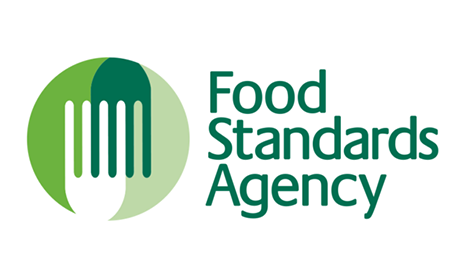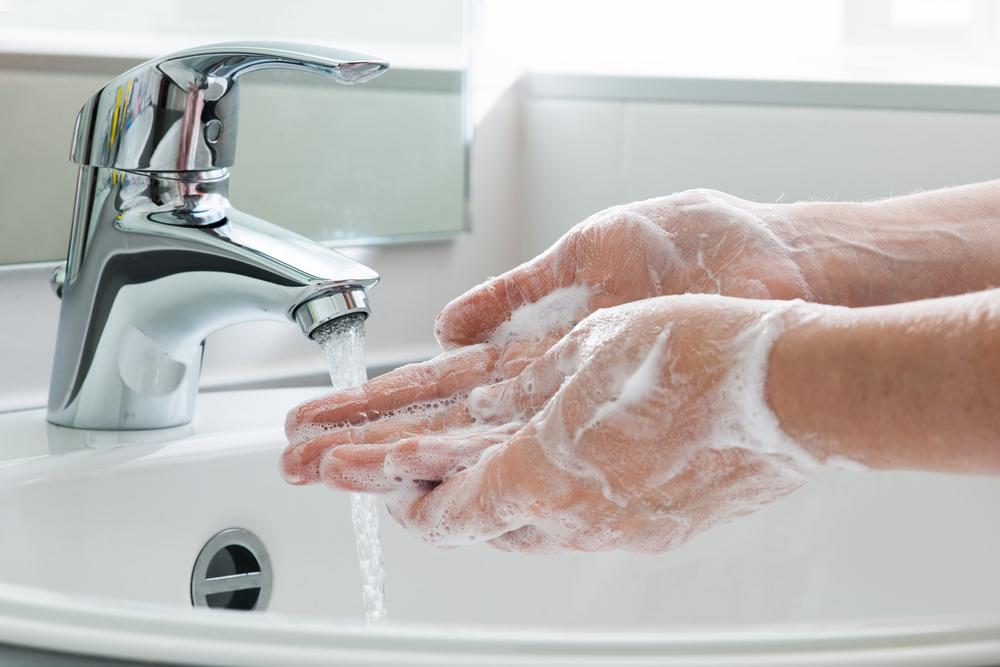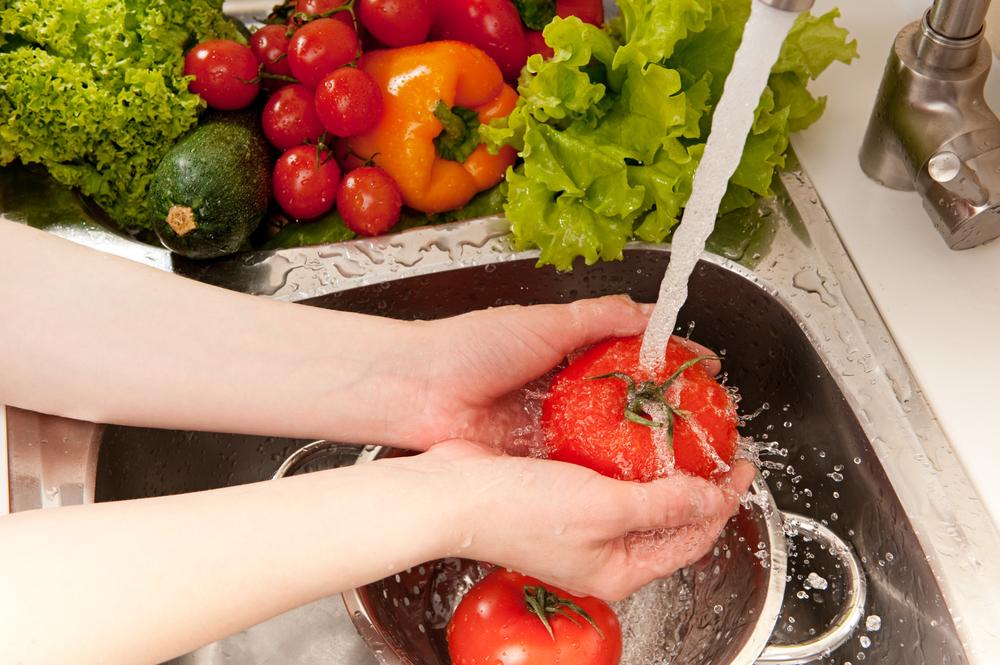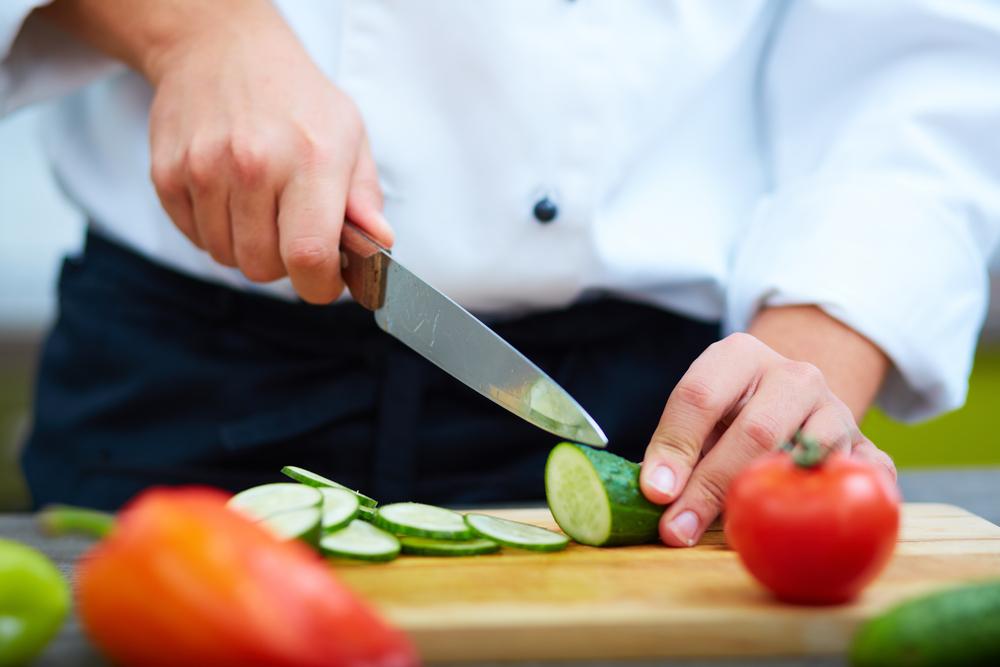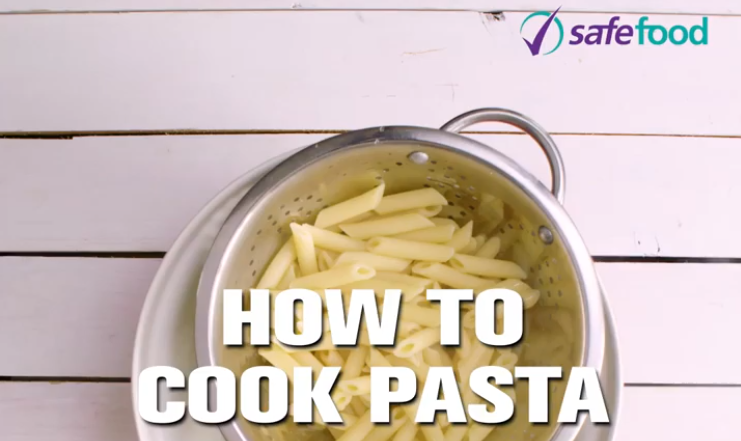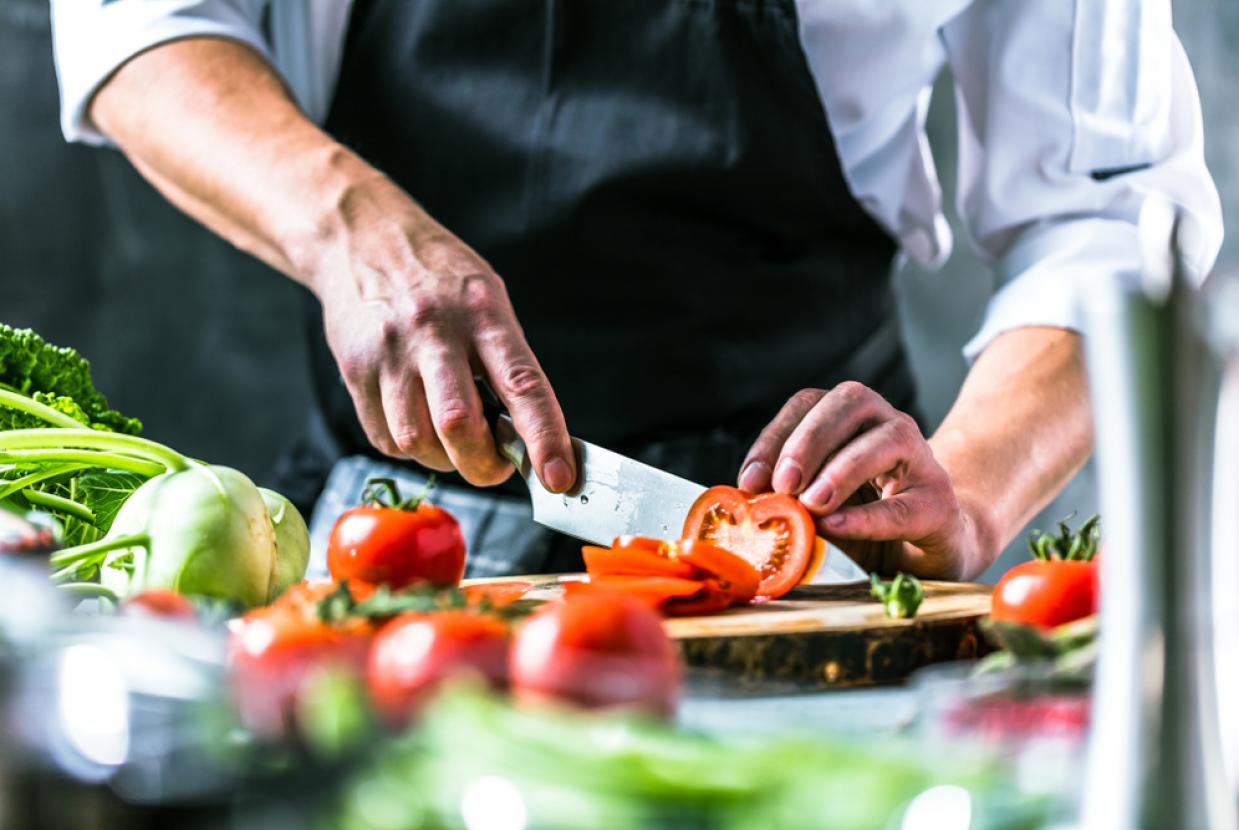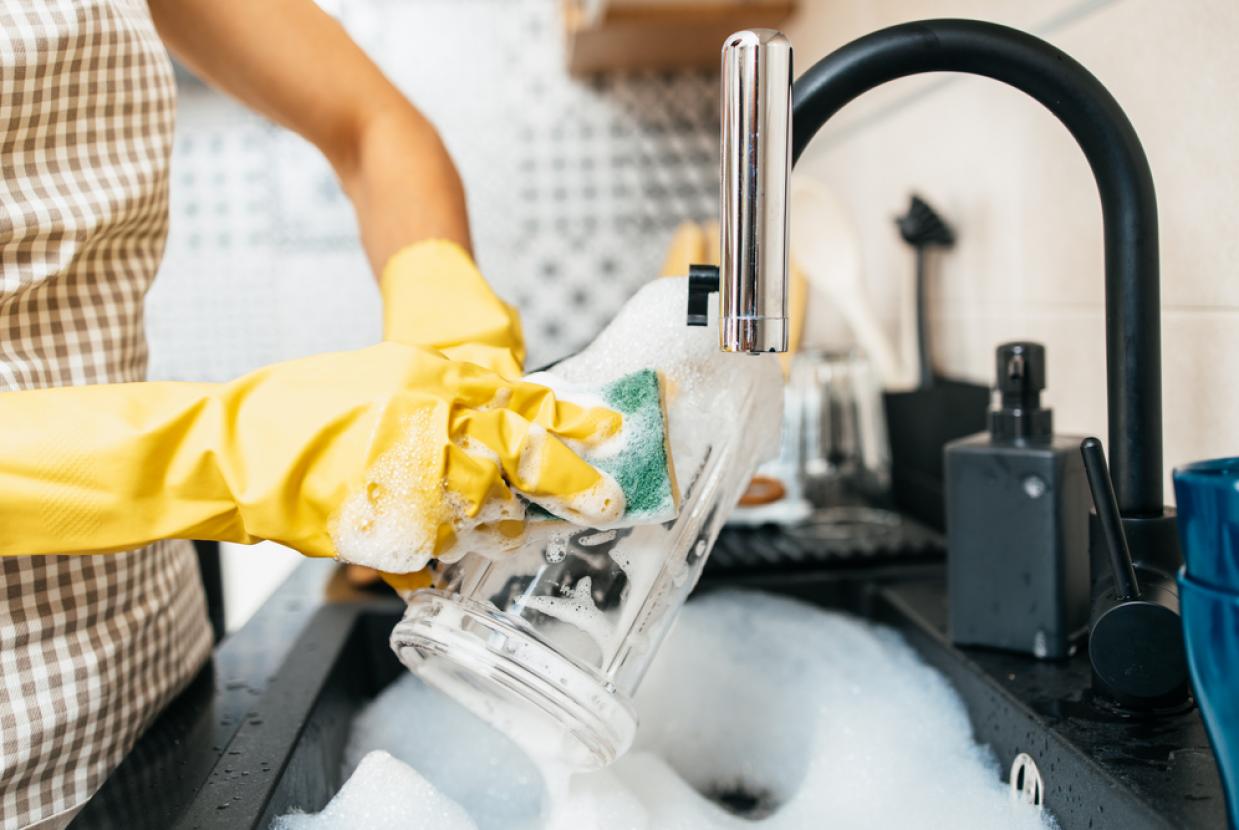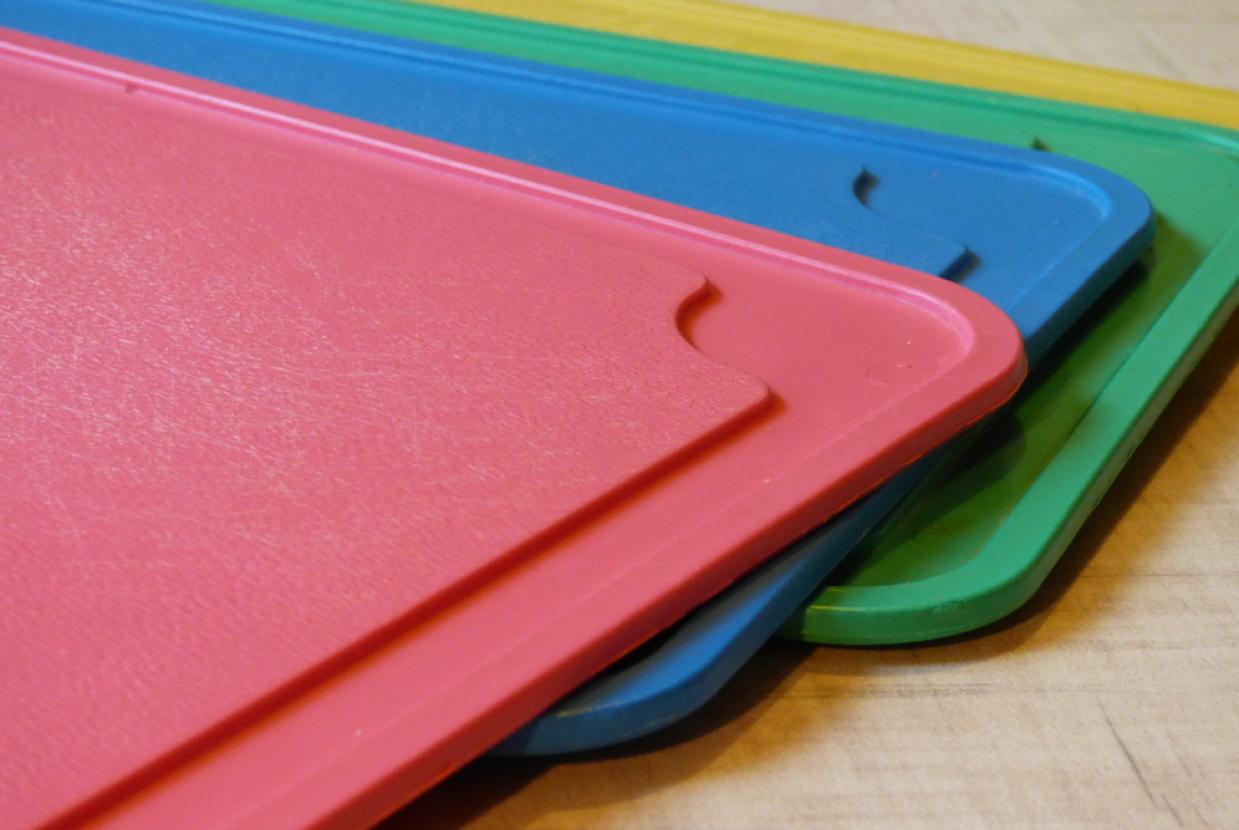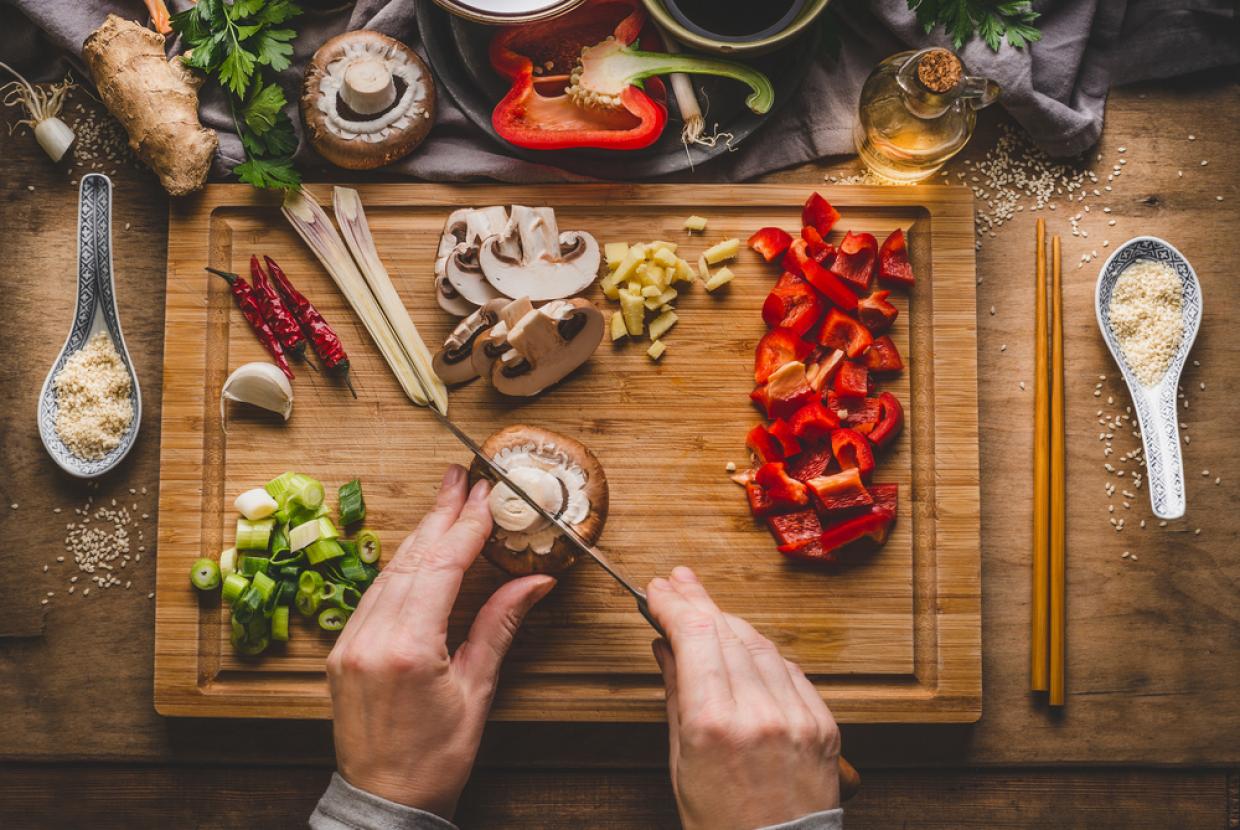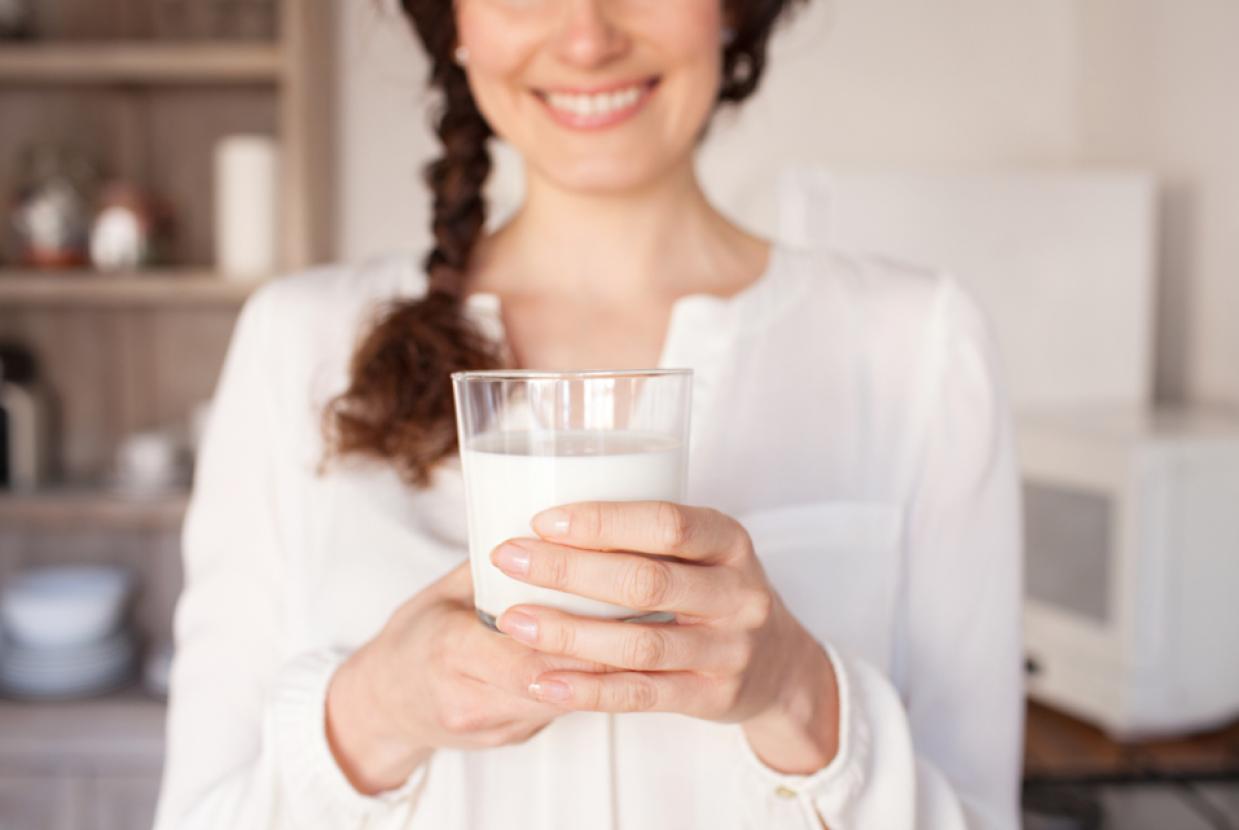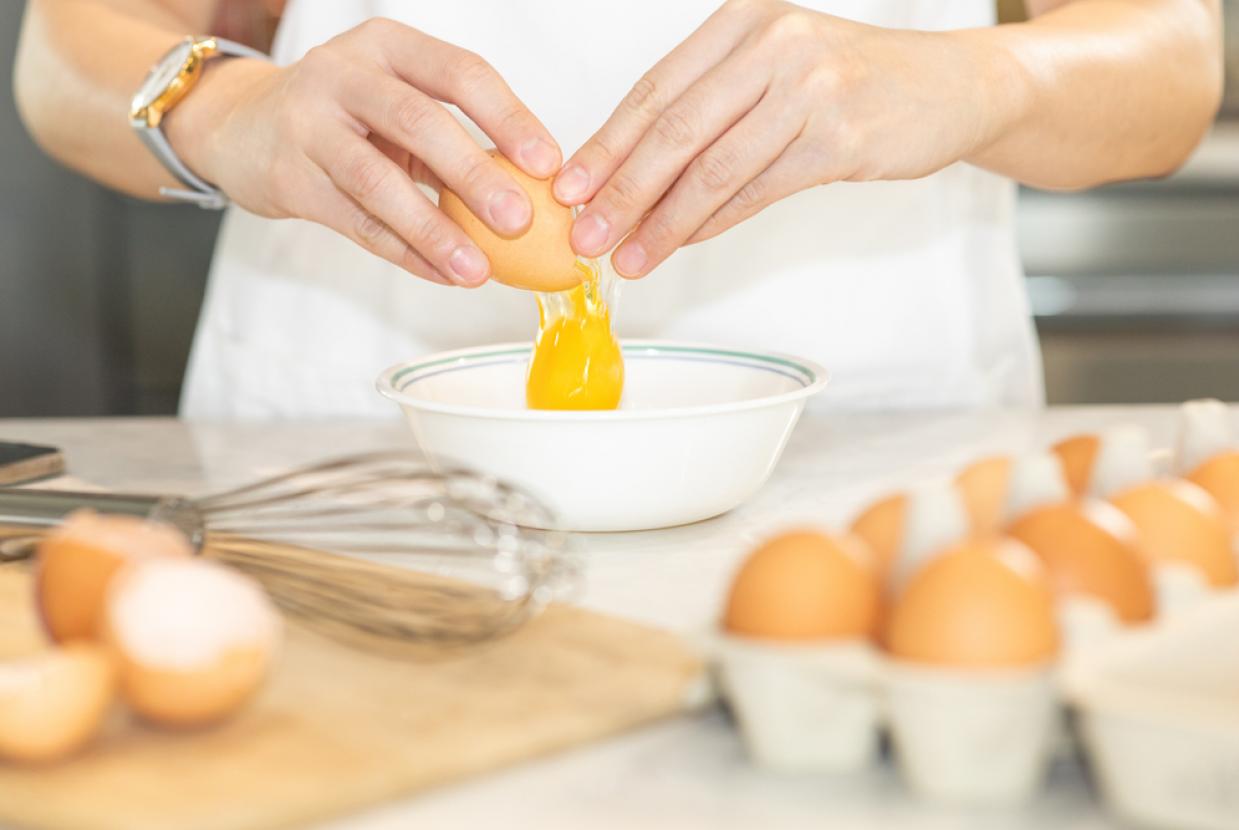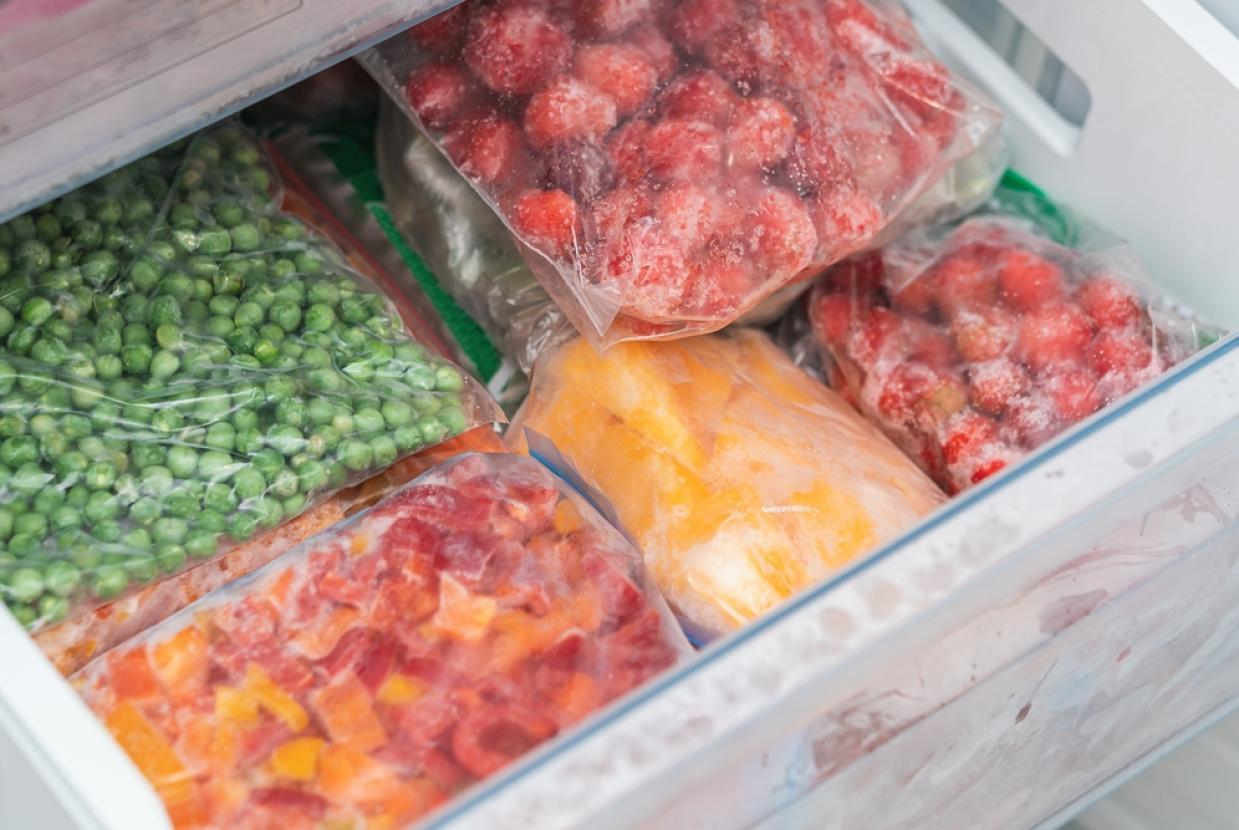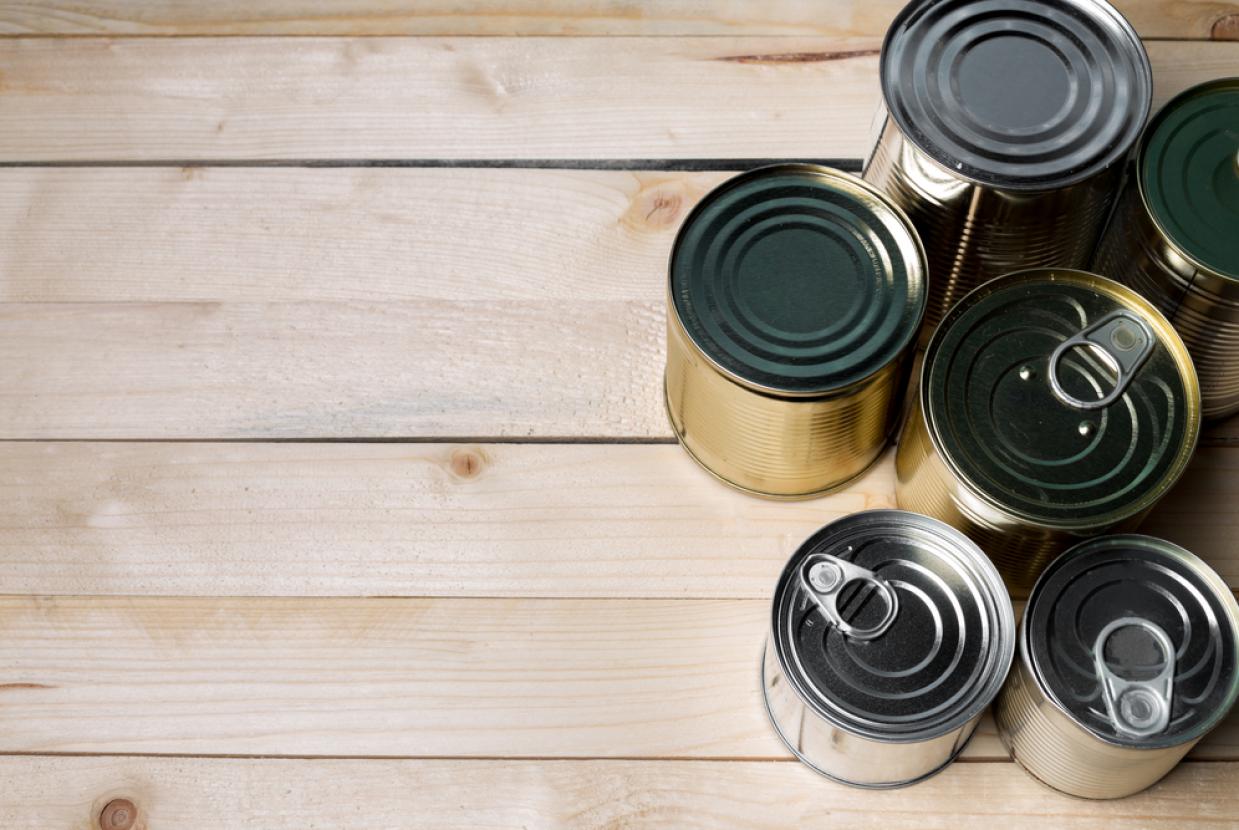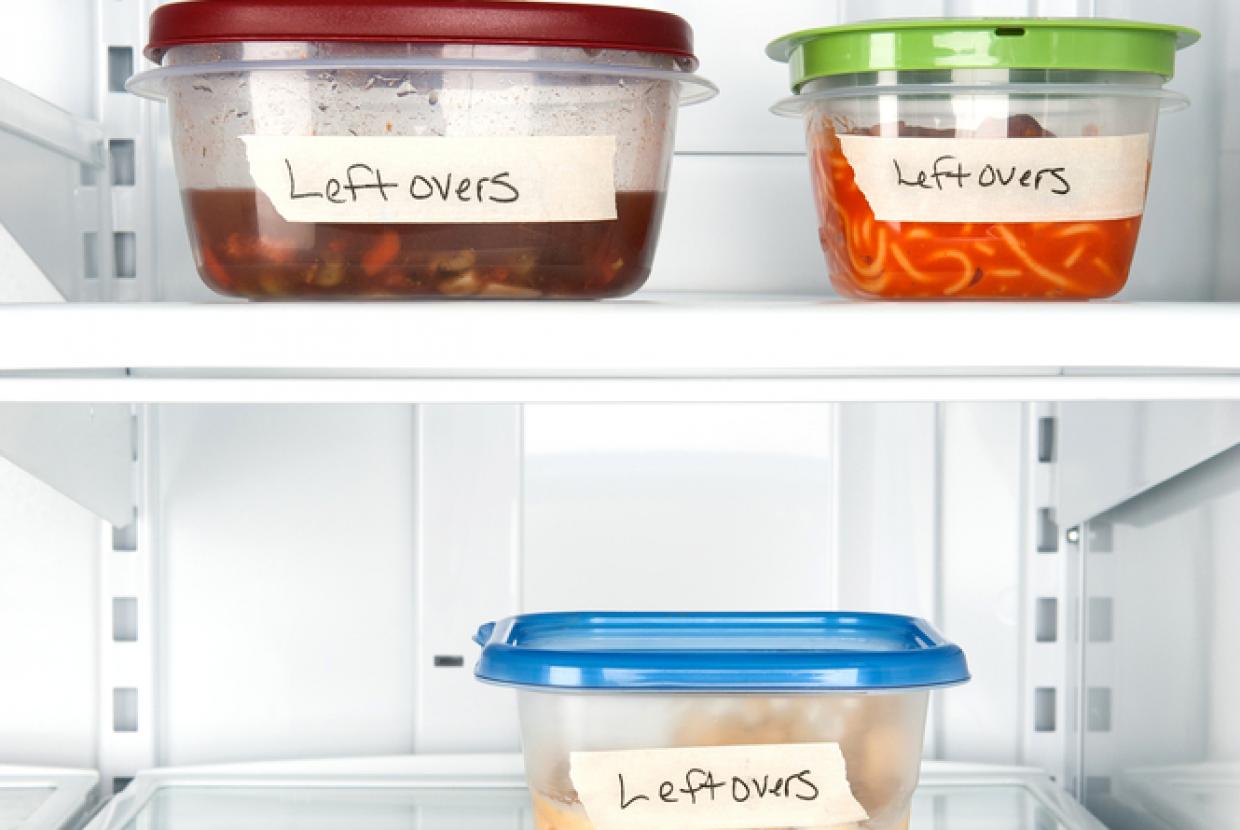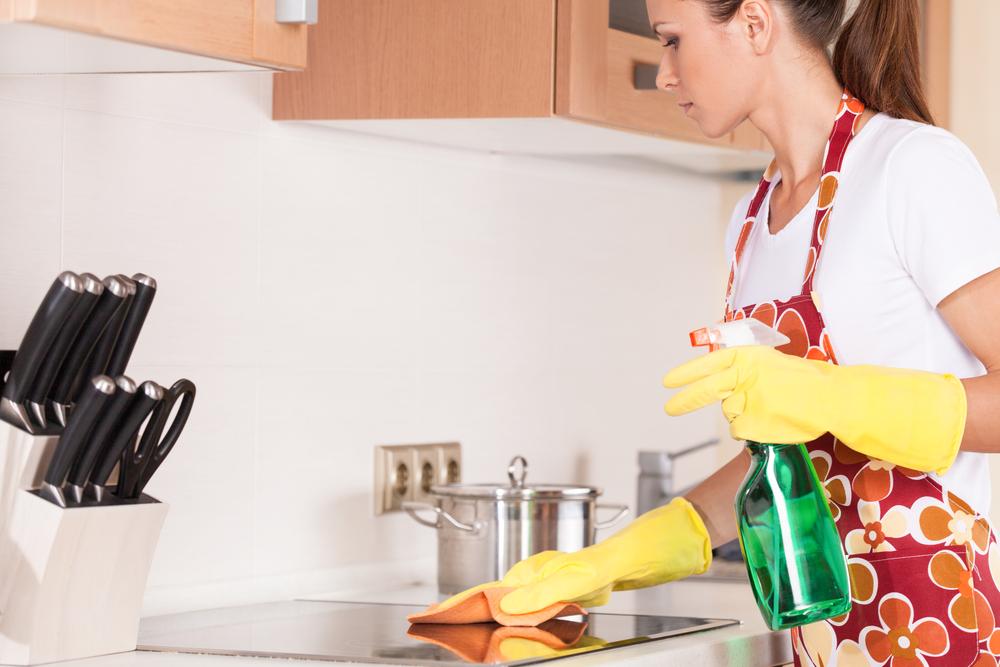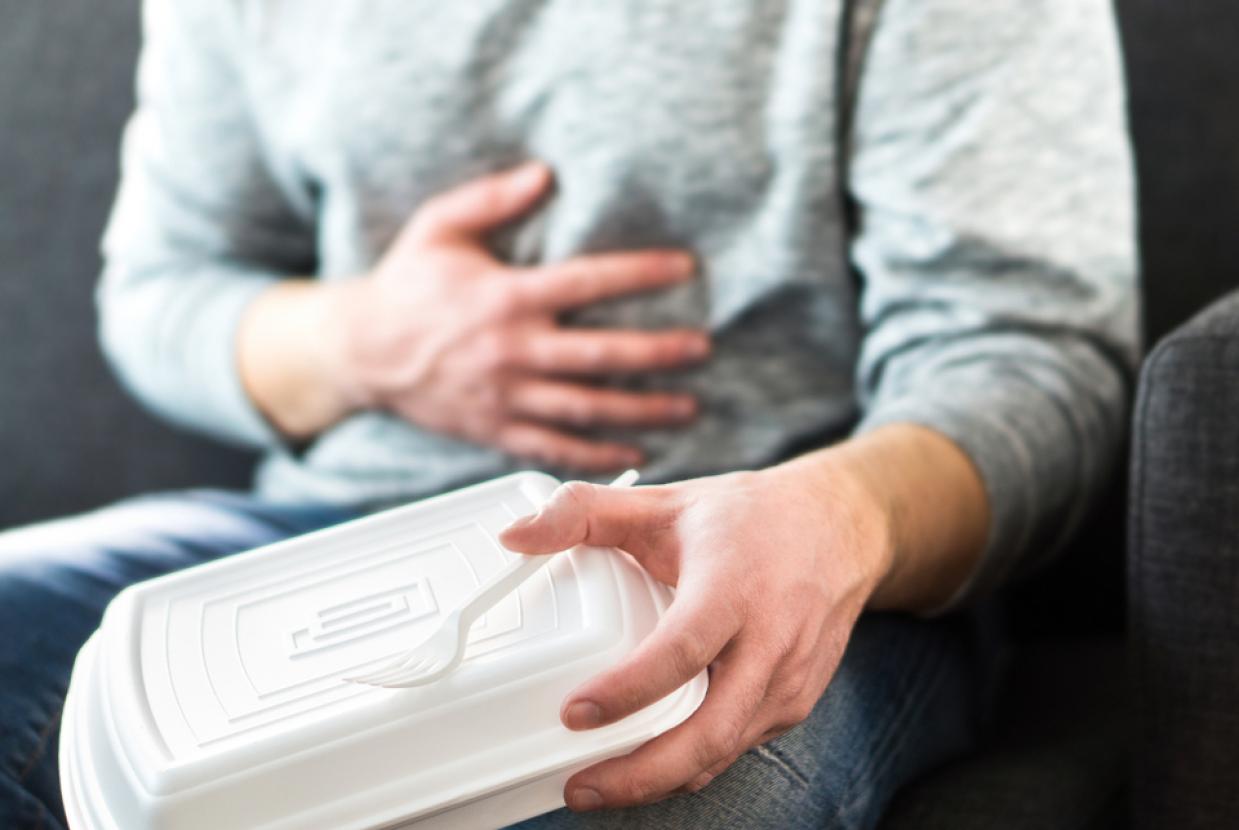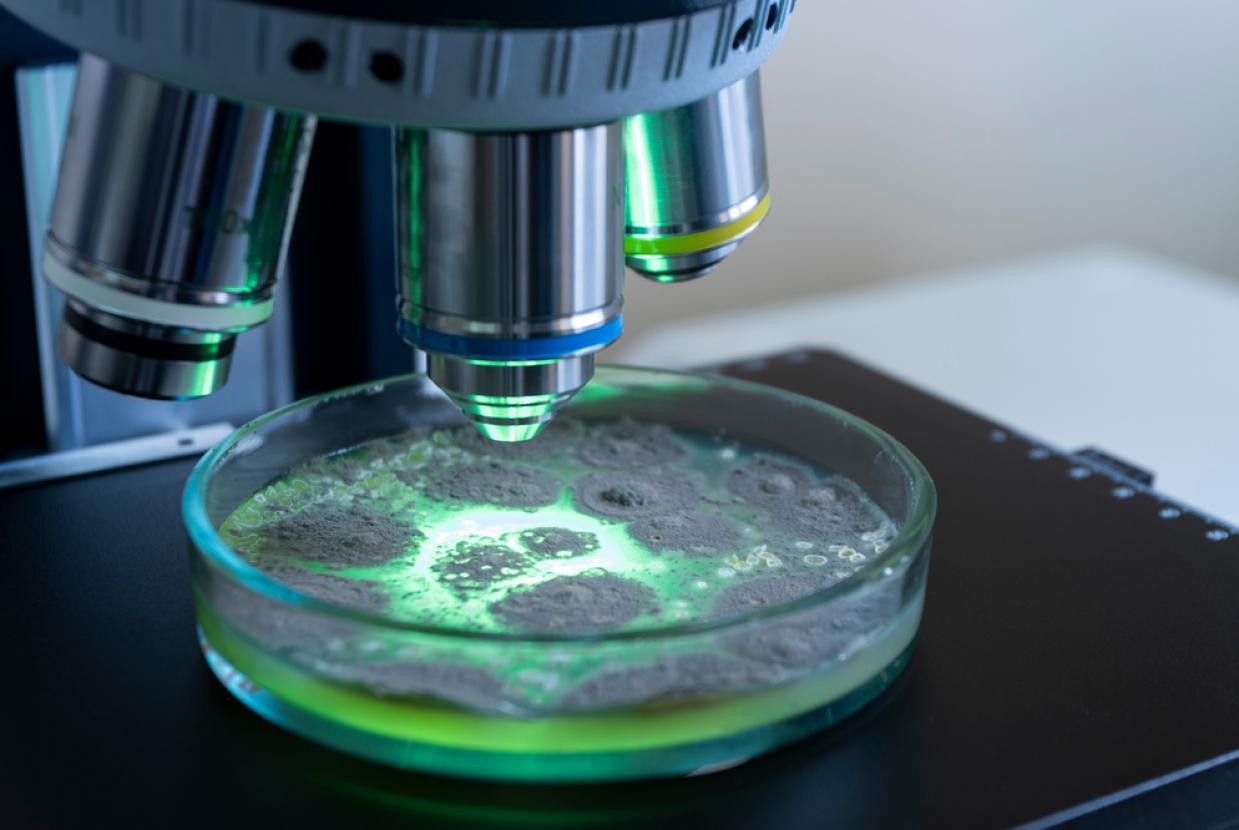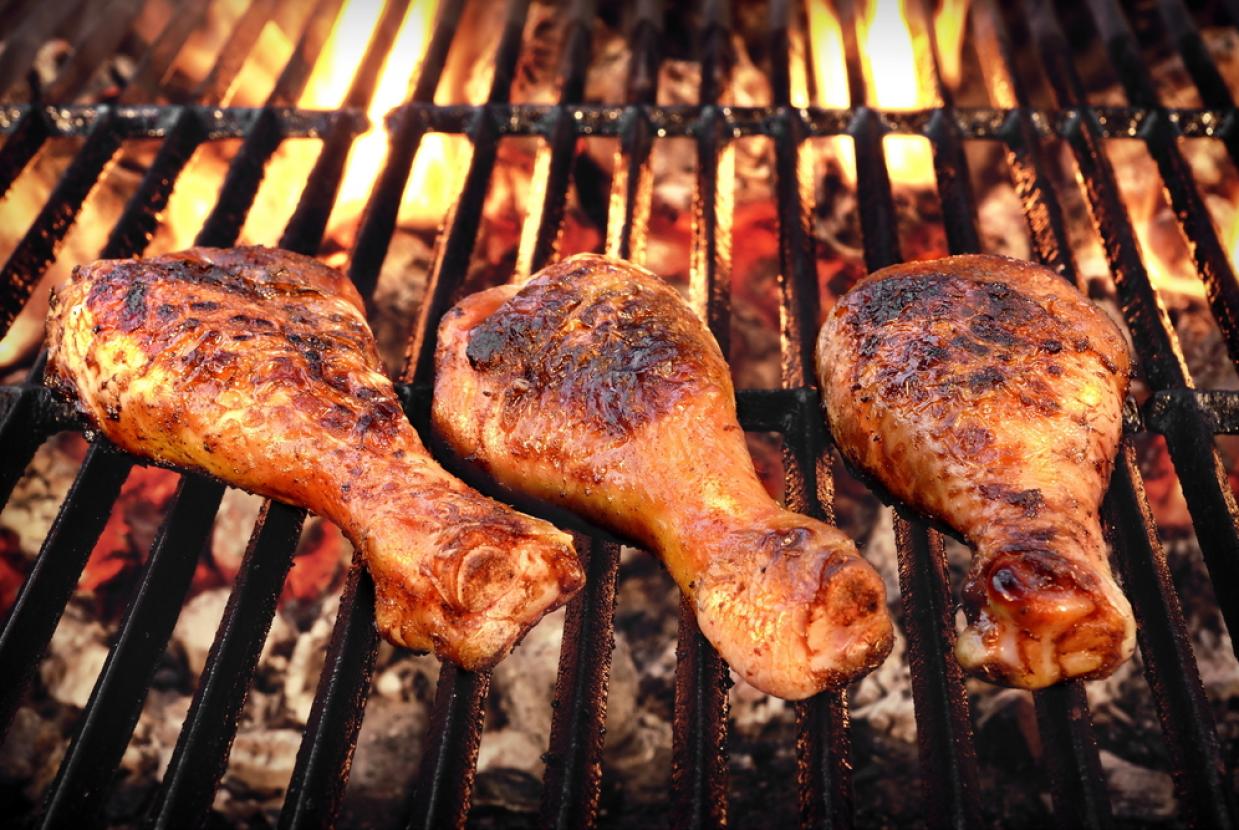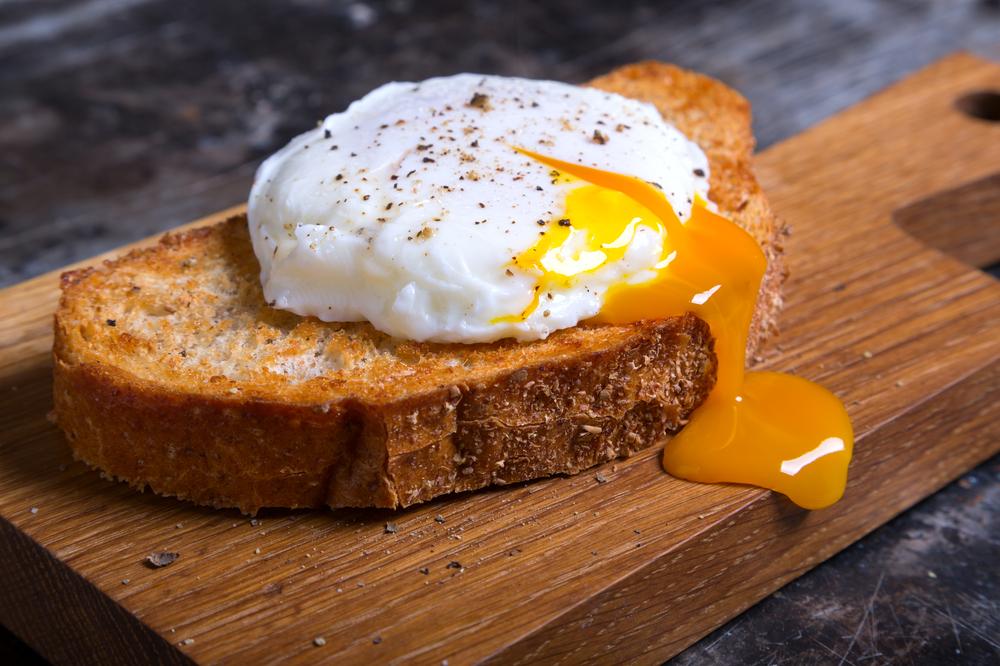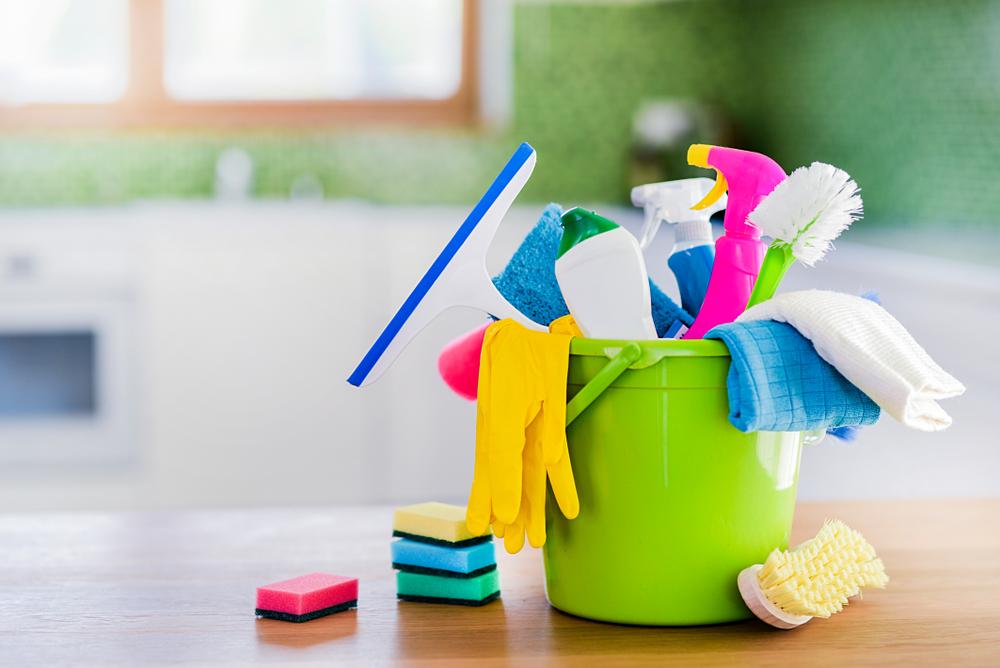Cooking
Cooking food at the right temperature and for the correct length of time will ensure that any harmful bacteria are killed. Always check the advice on food packaging and follow the cooking instructions provided.
Meat
Before you serve pork, poultry and minced meat, make sure it is steaming hot and cooked all the way through. When you cut into the thickest part of the meat, check that none of the meat is pink and that any juices run clear. In a whole bird this is the area between the leg and the breast. Follow this advice when cooking:
- turkey
- chicken
- duck
- goose
- pork
- minced meat products such as kebabs, sausages and burgers
When roasting a whole bird such as chicken or turkey, you should cook the stuffing separately, not inside the bird. This is because stuffed birds will take longer to cook and may not cook thoroughly.
Frozen vegetables
Most frozen vegetables, including sweetcorn, will need to be cooked before you can eat them. If you intend to use frozen sweetcorn or other vegetables as part of a cold salad, check the instructions on the packaging first. If the advice is that the sweetcorn or other frozen vegetables should be cooked, you must ensure that this is done before they are eaten cold. After cooking, the food should be:
- cooled down as quickly as possible (ideally within two hours)
- stored in a fridge
- eaten within two days
Cooking methods
When food is cooked in an oven, it is through a combination of three different heat transfer methods.
Radiant or direct heat
This is where the flames at the back of a gas oven or the element in an electric oven cook the food.
Conduction
This is where the heat travels through the shelf, into the baking tray/dish and then on into the food.
Convection
This is where the air within the oven is heated and travels over and through the food. It is particularly important in a fan assisted oven and is the reason these cook foods faster. It is this last method which may not work properly if the bird is stuffed.
We advise that birds are cooked unstuffed, with any stuffing cooked in a separate tray or dish. Do not allow hot food to sit out at room temperature for long periods. Cool it and put your leftovers in the fridge or freezer within 1-2 hours.
Why you shouldn't serve burgers rare or pink
Whole cuts of meat, such as steaks and joints, only ever have bacteria on the outside surface of the meat. When meat is minced to make a burger, any harmful bacteria from the surface of the meat can get spread throughout the burger. As a result, rare and undercooked burgers can have harmful bacteria on the inside and may cause food poisoning if not fully cooked.
How time and temperature kill bacteria
During cooking, heat energy transfers into and breaks down proteins in the food. The meat changes colour from pink to brown or to white. It’s texture changes too. Cooking also causes the proteins in bacteria to break up so they no longer function and the bacteria die. This is why cooking removes the risk from harmful bacteria that are in some food.
Bacteria usually grow in the ‘Danger Zone’ between 8°C and 60°C. Below 8°C, growth is stopped or significantly slowed down. Above 60°C the bacteria start to die. Time and temperature are both important because proteins need to be heated up for a long enough time for them all to be broken down.
Standard advice is to cook food until it has reached 70°C and stayed at that temperature for 2 minutes. The other time and temperature combinations are:
- 60°C for 45 minutes
- 65°C for 10 minutes
- 70°C for 2 minutes
- 75°C for 30 seconds
- 80°C for 6 second


